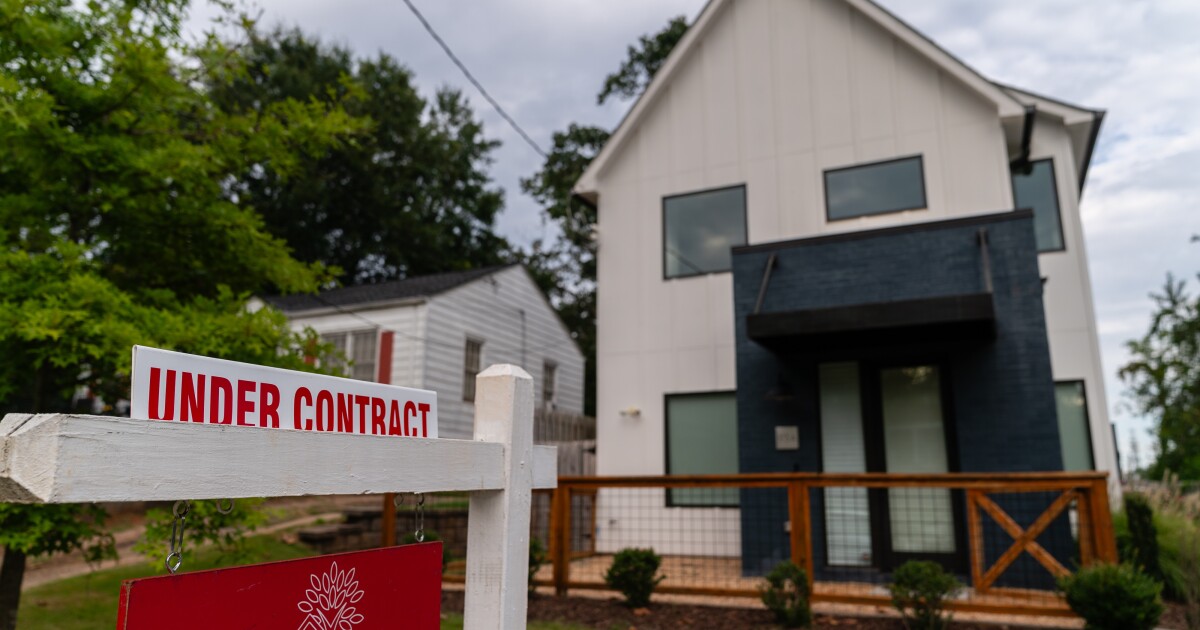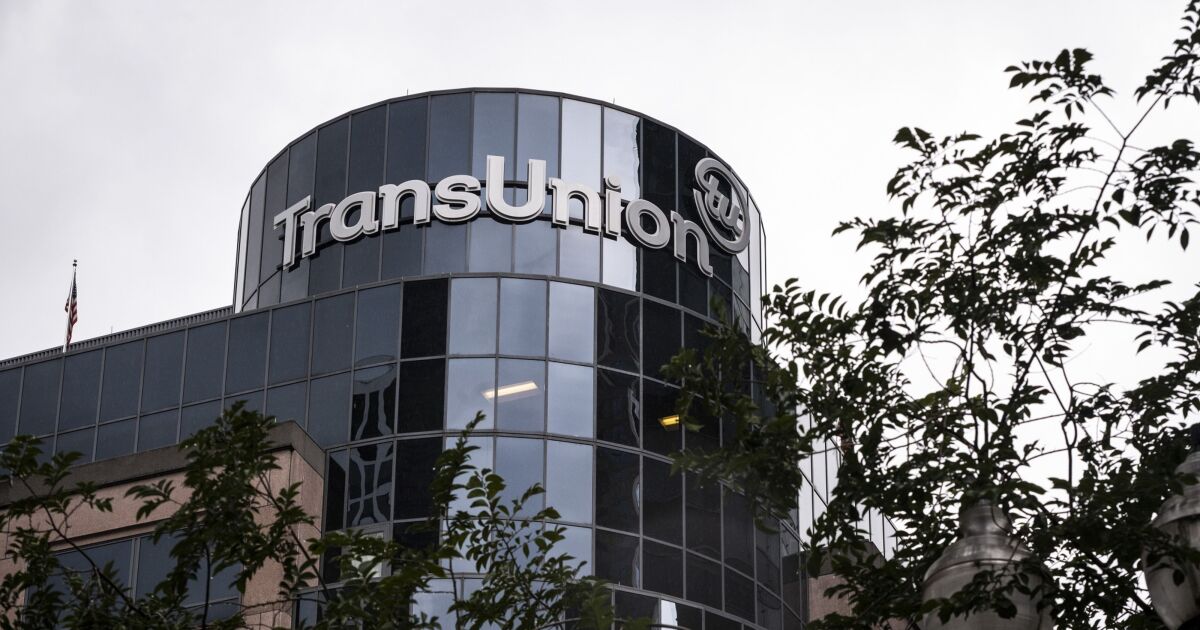
New U.S. residential construction declined in May to the slowest pace since the onset of the pandemic as an elevated inventory of homes for sale and high mortgage rates sapped the motivation to build.
Housing starts
The report illustrates subdued home construction activity as builders face a number of headwinds, including inventories of completed houses that stand at the highest level since 2009. Years of price appreciation and
Multifamily starts declined nearly 30% from the strongest pace since 2023. New single-family home construction edged up to a 924,000 rate, still one of the slowest paces since 2023, while the number of homes completed rose more than 8% to 1.03 million.
"Housing starts are running below the level of housing completions. This means that units under construction will continue to decline. That's all you need to know," Neil Dutta, head of economic research at Renaissance Macro, said in a note. "Residential investment will be a drag on growth over the next few quarters."
Many economists see residential construction struggling to contribute to economic growth over the course of the year. Prior to the May starts report, the Federal Reserve Bank of Atlanta's GDPNow forecast penciled in a slight drag on second-quarter gross domestic product.
The number of building permits issued in May fell to an annualized rate of 1.39 million, also a five-year low. Authorizations for the construction of single-family homes decreased to the slowest pace since April 2023.
Last week, the
Builder sentiment now stands
The housing starts report also showed a further decline in the number of single-family homes under construction, continuing a steady slide from a peak in 2022.By region, starts in the South, the nation's biggest homebuilding region, decreased 10.5% while starts in the Midwest declined by a similar amount. New construction in the Northeast plunged, primarily due to a slump in multifamily homebuilding. Starts in the West rose.
"With weakening demand, elevated inventories, and softening homebuilder sentiment, we see prices and broader housing-market activity facing headwinds throughout the year," said Stuart Paul, an economist.
With builders spending more money to lure customers, profits are eroding, according to Alex Barron, a housing analyst with the Housing Research Center. In addition to cutting prices, builders are also offering mortgage rate buydowns — subsidies that lower customers' financing costs. Still, customers are demanding ever-bigger subsidies, Barron said.
Prices have been drifting lower since peaking in 2022 as builders deploy incentives to try to clear excess inventory. NAHB is projecting a decline in one-family housing starts this year as builders slow down on projects to make progress on inventory.
The new residential construction data are volatile, and the government report showed 90% confidence that the monthly change ranged from a 0.5% to 19.1% decline.
Separate data out Wednesday showed applications for unemployment benefits ticked down last week, stabilizing near the highest level in eight months. Continuing claims also eased.



